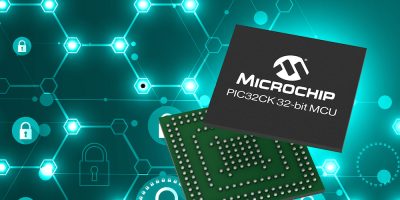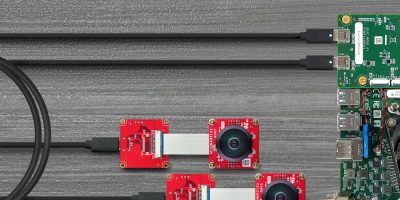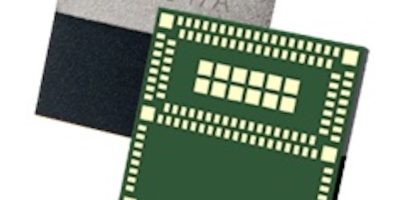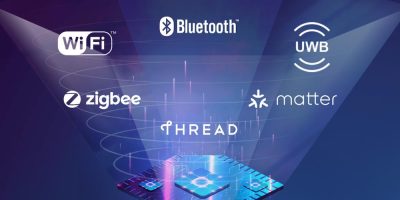New legislation takes effect in 2024, mandating stricter requirements on cybersecurity on everything from consumer IoT devices to critical infrastructure. Meeting these new security compliance requirements from a product and supply chain perspective can be complex, costly and time-consuming. To provide developers with an embedded security solution that allows them to design applications that comply with these requirements, Microchip has announced the new family of PIC32CK 32-bit microcontrollers (MCUs) with an integrated Hardware Security Module (HSM) subsystem and Arm Cortex-M33 core featuring TrustZone technology to help isolate and secure the device.
The PIC32CK SG is the first 32-bit device on the market that combines the strong security of an HSM with TrustZone technology, a hardware-based secure privilege environment. Microchip’s latest innovation for mid-range MCUs provides designers with a cost-effective embedded security solution for their products that meets the latest cybersecurity mandates. The inclusion of an HSM provides a high level of security for authentication, secure debug, secure boot and secure updates, while TrustZone technology provides an additional level of protection for key software functions. The HSM can accelerate a wide range of symmetric and asymmetric cryptography standards, true random number generation and secure key management.
The PIC32CK MCUs from Microchip are designed to support ISO 26262 functional safety and ISO/SAE 21434 cybersecurity standards. For increased flexibility and cost efficiency, the PIC32CK MCU family offers a wide range of options to tune the level of security, memory and connectivity bandwidth based on the end application’s requirements. Options include up to 2 MB dual-panel Flash and 512 KB SRAM, with various connectivity options like 10/100 Ethernet, CAN FD and USB.
For product supply chains that require additional security and safety protection such as in industrial designs, medical devices, home appliances and consumer IoT devices, the PIC32CK will be supported with Microchip’s Trust Platform Design Suite for provisioning as a service. This platform enables the secure factory provisioning of keys, certificates and IP without the need to reveal these secrets within the supply chain.
The 32-bit PIC32CK MCU family is supported by Microchip’s software platforms including MPLAB® Harmony v3 and Trust Platform Design Suite. The PIC32CK family is also supported by the PIC32CK SG and PIC32CK GC Curiosity Ultra Development Boards including the EV33A17A and EV44P93A.






